Tag: Documentation
-
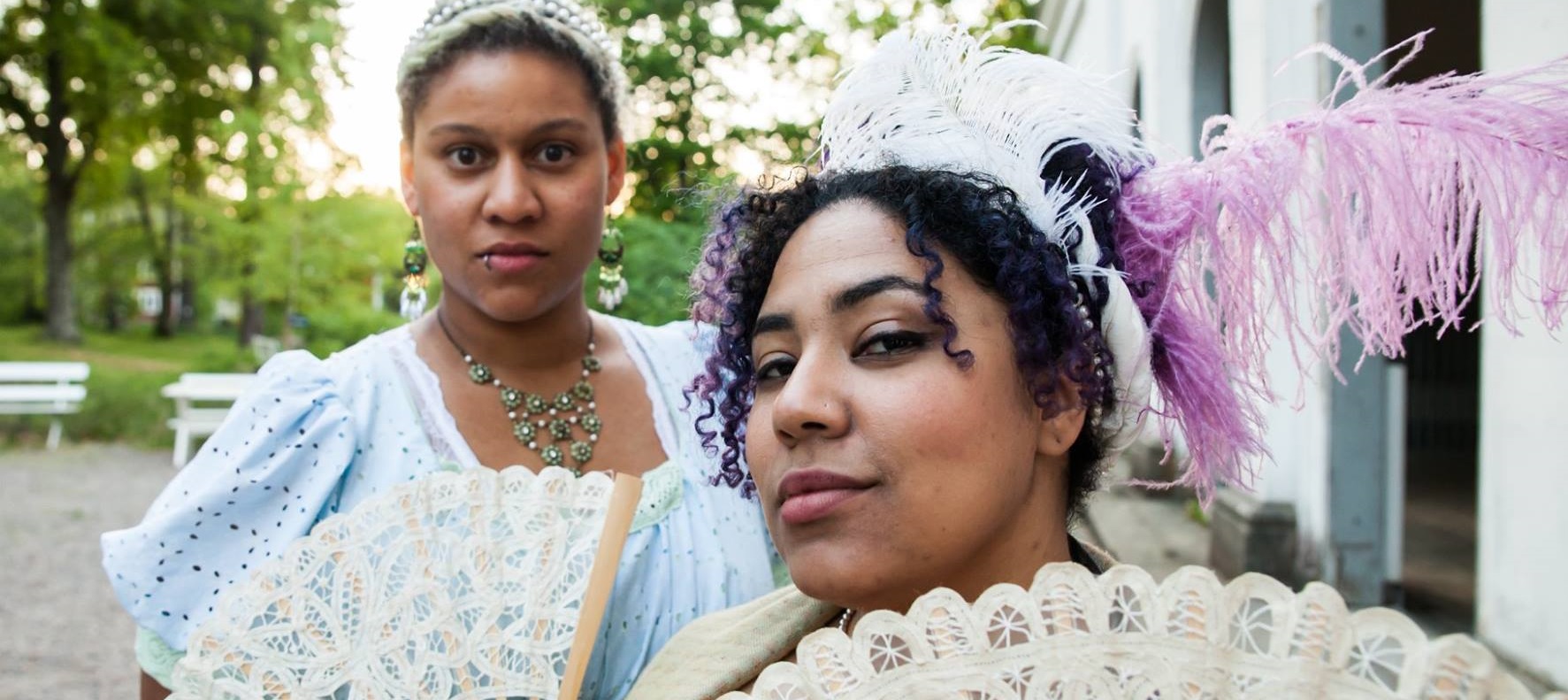
The Battle of Primrose Park: Playing for Emancipatory Bleed in Fortune & Felicity
Fortune & Felicity was an opportunity to immerse into a world, explore my academic interests, add to my fieldwork, and experience emancipatory bleed.
-

Enlightenment in Blood: A Pervasive World of Darkness Nordic Larp
It’s not a revolution… it’s an insurrection. Anarch catchphrase during Enlightenment in Blood Enlightenment in Blood was an official White Wolf larp in the Nordic style spanning 10 locations for approximately 200 players in the city of Berlin. The larp lasted five hours and took place in the Friedrichshain district on May 12, 2017. Developed
-
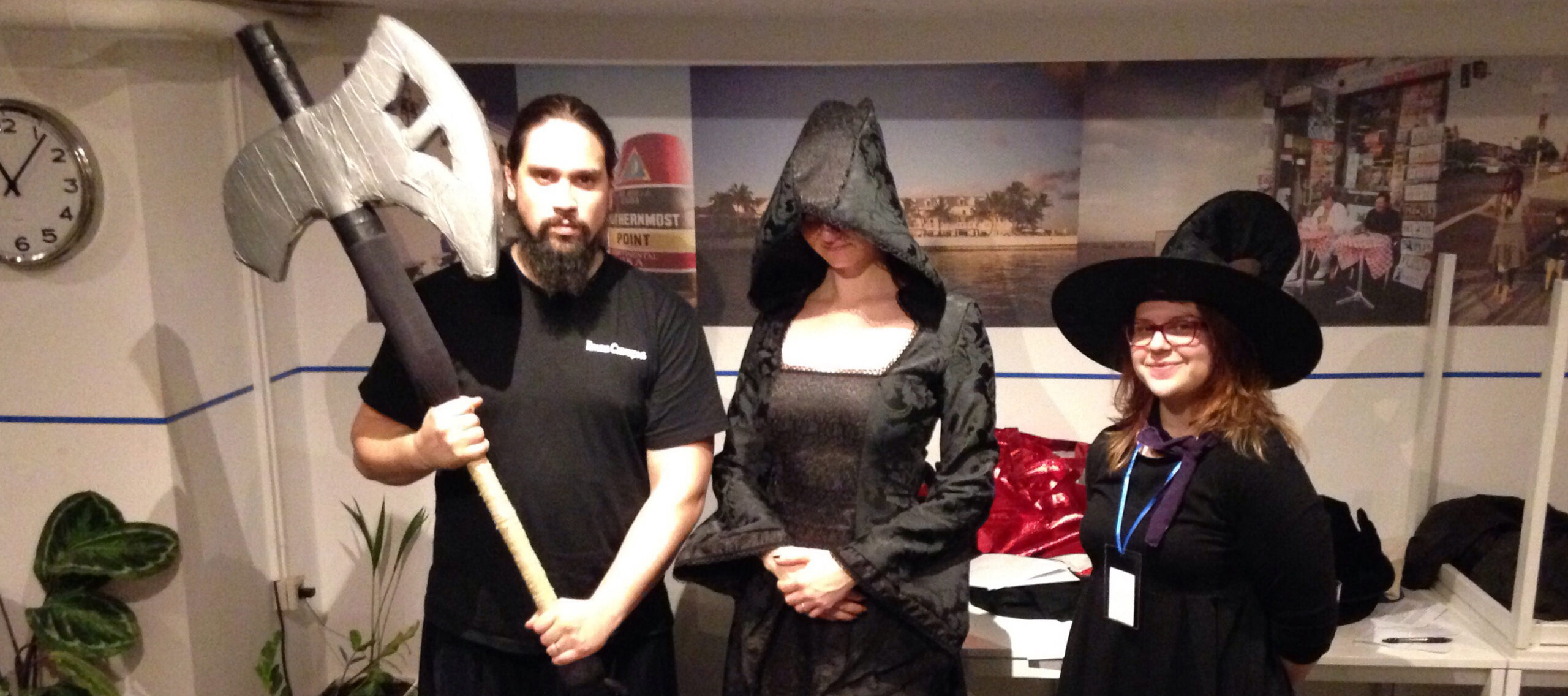
Balkan Larp: A Sprouting Blossom in the Garden of Larp
This piece recounts Niclas Hell’s and Johan Fors’ common experiences at the Portal 5 convention for Balkan larp in Zagreb, Croatia, March 3-5, 2017.
-
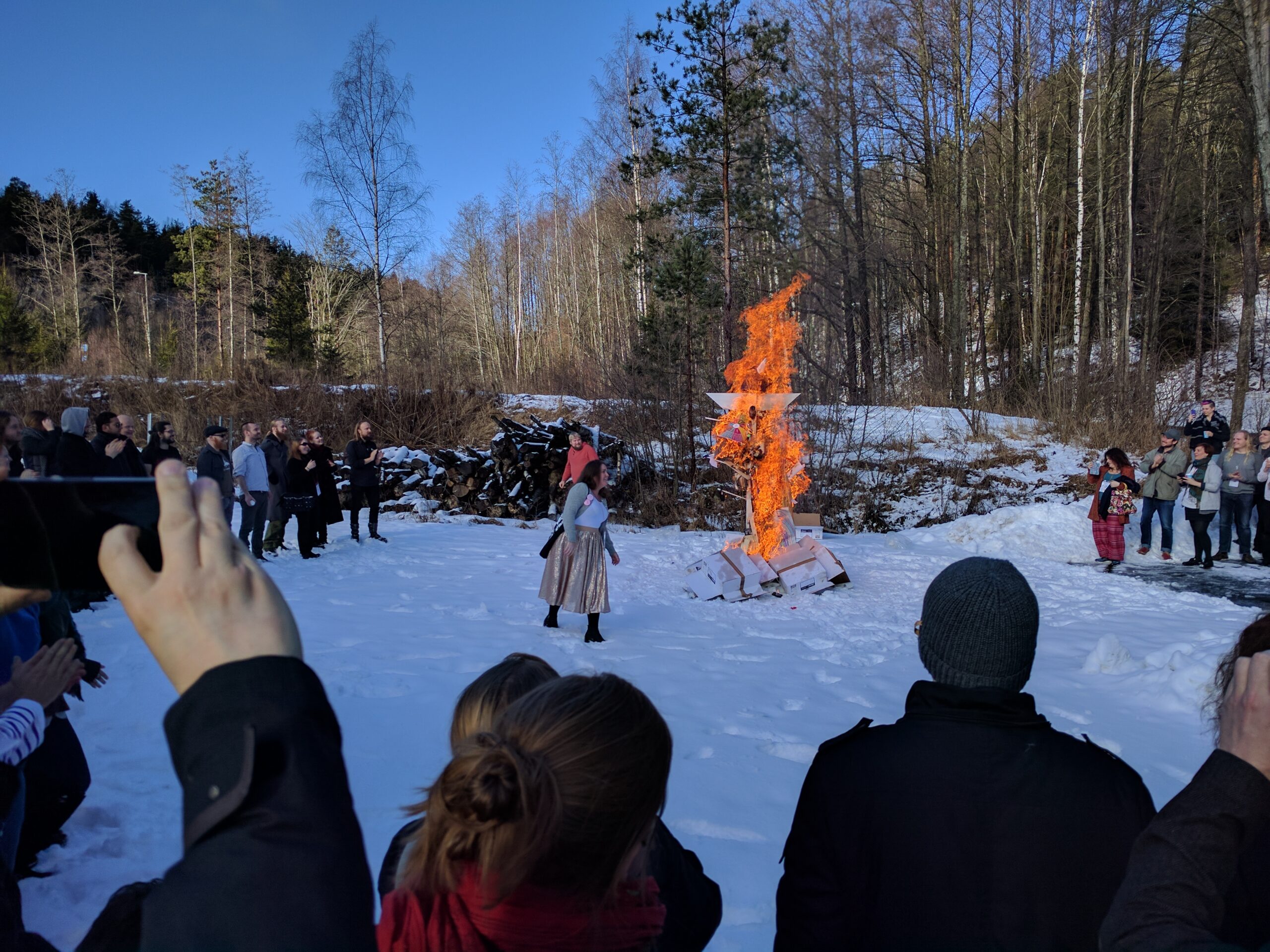
Knutepunkt 2017: Summary
A summary of documentation, media and reports from the Knutepunkt 2017 Nordic larp conference. Will be updated over time as more content is released.
-

YouTube and Larp
Mo Mo O’brien shares how she accidentally became a YouTube celebrity and offers some tips on how you can successfully create videos about larp.
-
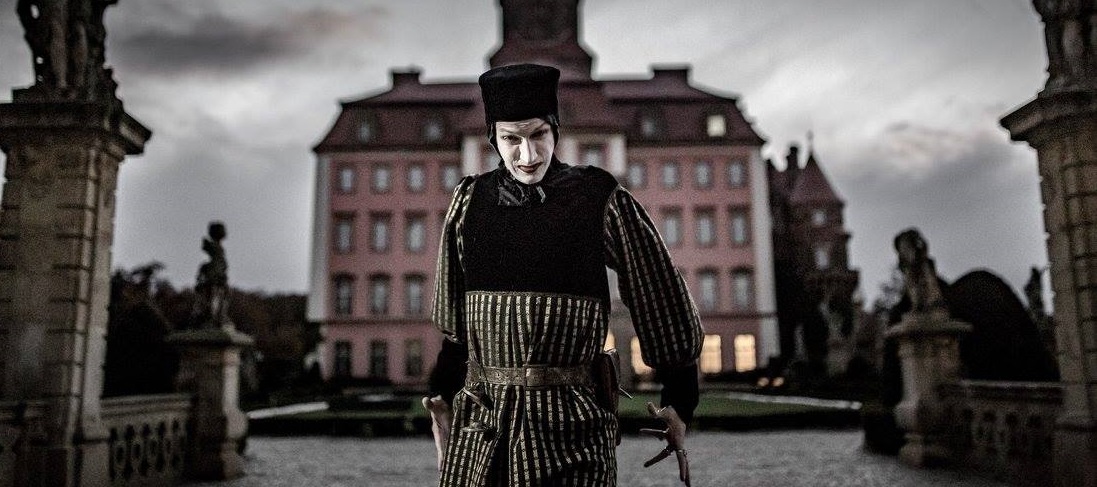
White Wolf’s Convention of Thorns – A Blockbuster Nordic Larp
Convention of Thorns is an official White Wolf Nordic-style Vampire: the Masquerade larp. The first run was held between October 27-30, 2016 at Zamek Książ, a castle in Poland. The larp was a joint collaboration between White Wolf and Dziobak Larp Studios. This scenario plays out a crucial moment in the canon of vampiric history,
-

Photo Report: Blodsband Reloaded 2016
Blodsband Reloaded is a Swedish larp campaign inspired by over the top post apocalyptic fiction like Fallout and Mad Max. Enjoy some beautiful photos from the larp.
-
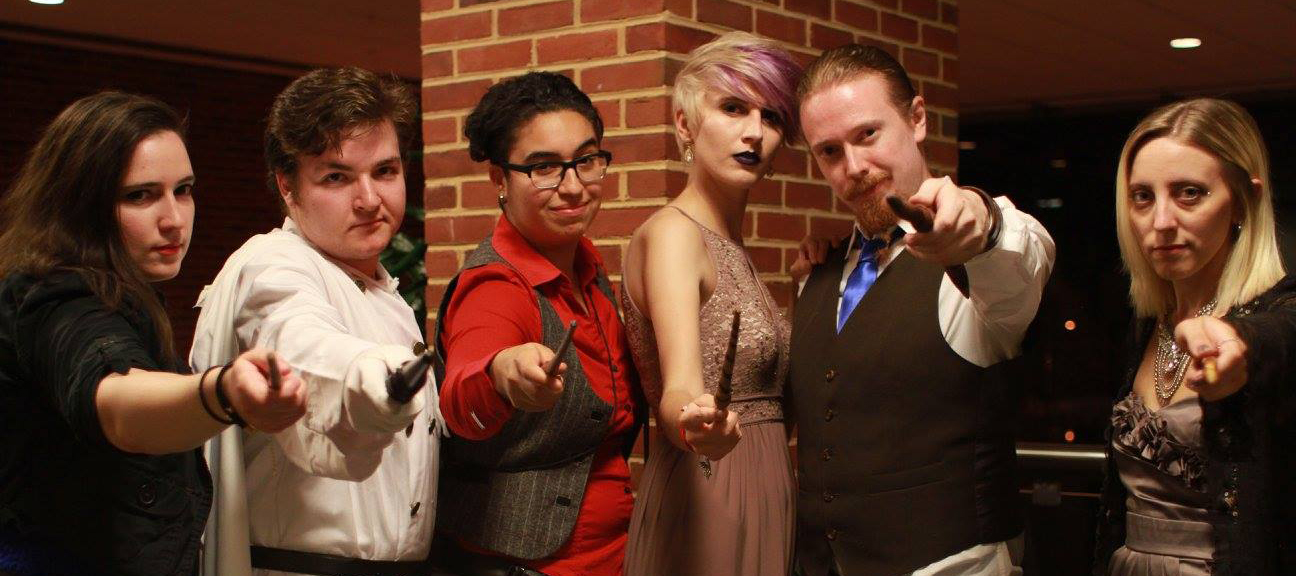
Chasing Bleed – An American Fantasy Larper at Wizard School
This article describes how I felt about my experience as someone who comes from an American campaign boffer fantasy larp background taking part in a Nordic style larp.
-

The Legend of Percival – Larping in Babylon
In September 2015, in the city of Rome, the Chaos League organized The Legend of Percival; a pervasive larp with participants playing outcasts.
-
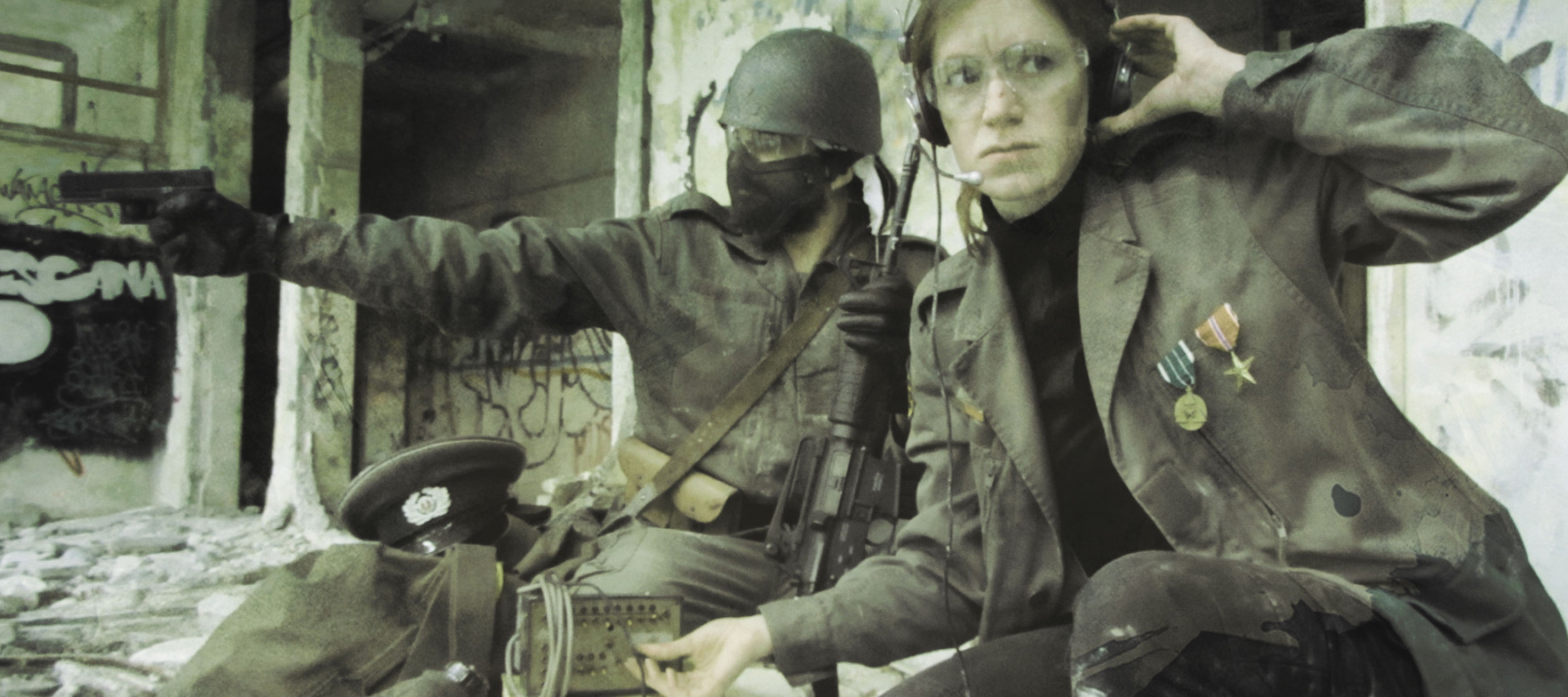
NEXUS-6 – Narrativist Airsoft
Nordic larp is taking France by slow-motion storm. After experiencing the awesomeness, people are setting up re-runs of classics such as Mad about the Boy and Just a Little Lovin’. The next logical step was to make our own stuff, and NEXUS-6 was one of the first humble attempts.